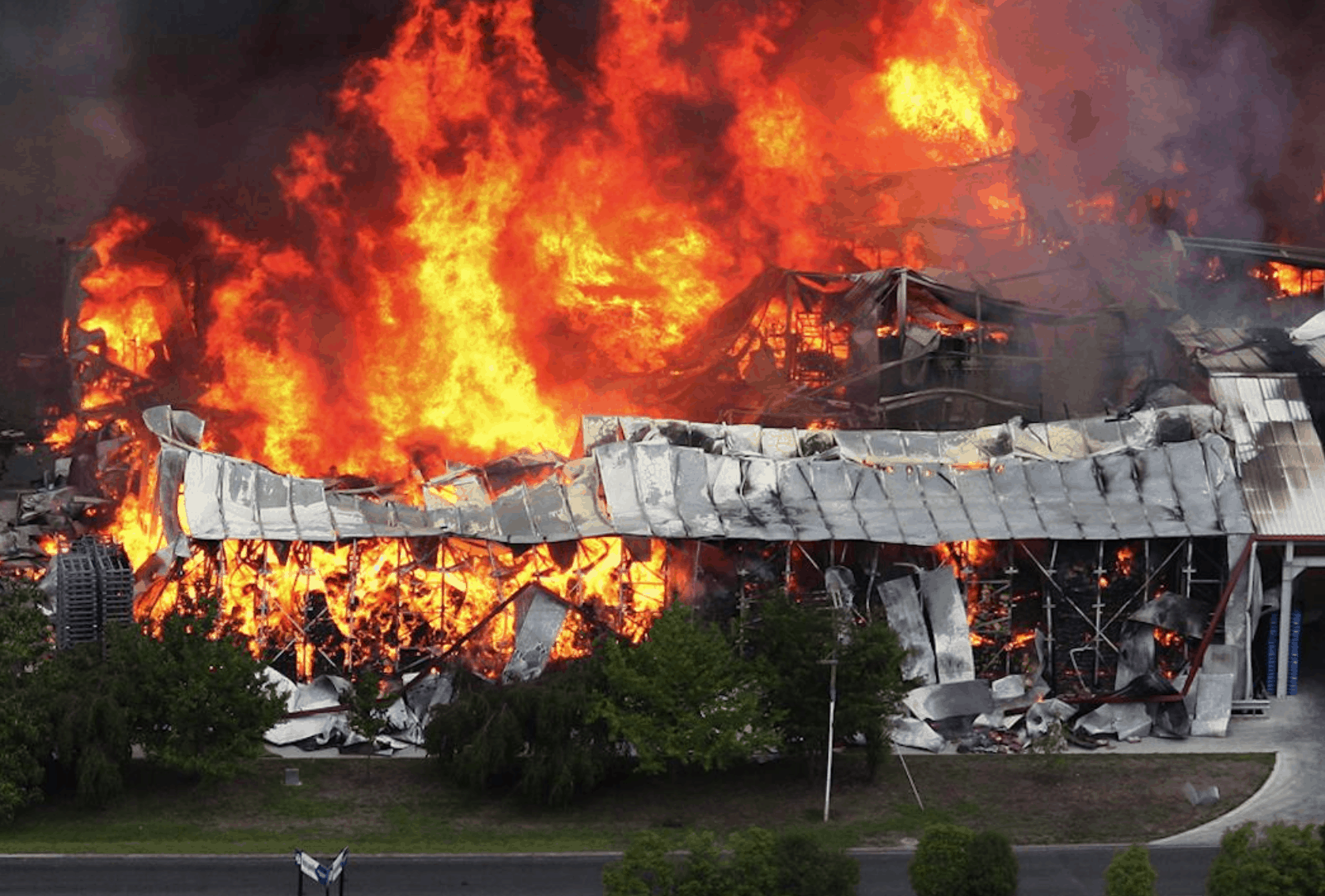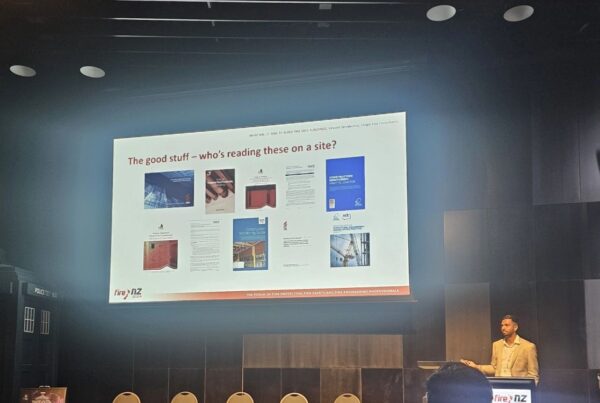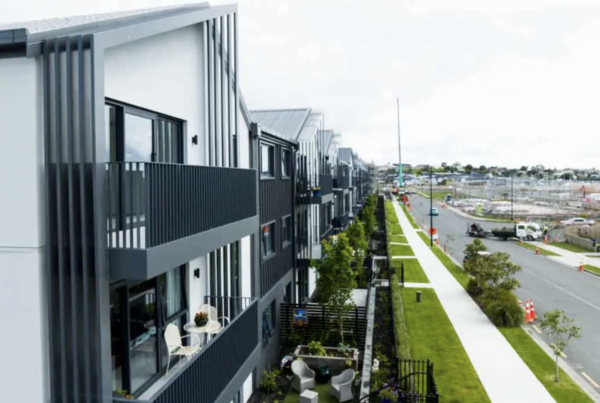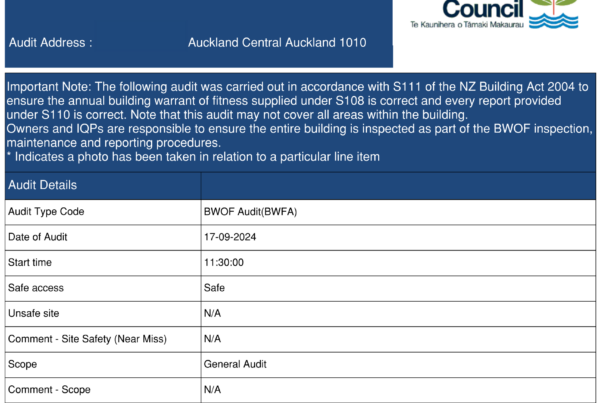In another presentation at FireNZ 2018, Michael James started his presentation on cladding compliance by looking at what happens when cladding burns and talking to a number of issues in testing cladding systems.
“Cladding systems are very complex,” Michael said. “They need to be weathertight. They need to keep the building occupants warm in winter and cool in summer. They need to be durable and low maintenance, able to cope with wind and seismic loads. And they need to be firesafe. Addressing the complexities of cladding and, more specifically cladding compliance, requires a collaborative approach and architects, facade engineers, structural engineers, fire engineers, and material and product suppliers need to be on the same page throughout the design process.”
In his presentation Michael presented several options to solve the fire component of cladding challenge. One of these, to only build with non-combustible construction materials like concrete, brick or glass, Michael acknowledged as totally unrealistic given the many types and styles of buildings being designed.
Another option Michael mentioned was to change our wall construction methods to more closely align with how systems are tested in the full-scale tests. “There are several products currently being tested for compliance in New Zealand that might create a rigid air barrier to protect timber framing from becoming involved in a fire, so the base wall assembly could be considered non-combustible,” he said.
Currently, an expensive option is to carry out full scale tests of the construction methods we use in New Zealand. “This is feasible but a very expensive option,” said Michael. “These tests are currently carried out overseas. We are a small market with limited product consumption. We understand however that BRANZ is currently undertaking a feasibility study on constructing a test rig in New Zealand.”
A fourth option is to change or clarify the regulations to recognise that low risk buildings and occupancies do not warrant the same level of scrutiny on cladding performance as higher risk areas. Michael noted that MBIE is currently looking at this.
It was clear at FireNZ that cladding compliance is a complex global challenge and that New Zealand is not on its own in coming to understand the problems and potential solutions.
See Michael’s presentation here.



